The latest OECD Interim Economic Outlook has revealed revised global growth forecasts, with an incremental uptick for 2023 followed by a slight dip in 2024. The updated predictions reflect a blend of uplifted expectations for some economies and dampened hopes for others, amidst a backdrop of inflation concerns and the repercussions of a more sluggish recovery in China.
For 2023, the global economic growth forecast now stands at 3.0%, marking a 0.3% increase from previous predictions. Conversely, projections for 2024 have seen a decrease of -0.2%, bringing the anticipated growth down to 2.7%.
Dissecting the outlook on a regional basis unveils a mixed bag of prospects:
- US: A positive revision with growth estimates standing at 2.2% for 2023, up by 0.6%, and a 1.3% prediction for 2024, reflecting a 0.3% increase.
- Eurozone: Here the expectations have been trimmed down with 2023 forecasts reduced by -0.3% to a mere 0.5%, and a 2024 estimate of 1.1%, down by -0.4%.
- Japan: The outlook for 2023 appears brighter with a 0.5% increase to 1.8%, although the 2024 forecast has been slightly reduced by -0.1%, standing at 1.0%.
- China: Forecasts have been negatively revised to 4.1% in 2023, a drop of -0.3%, and 4.6% in 2024, reflecting a decrease of -0.5%.
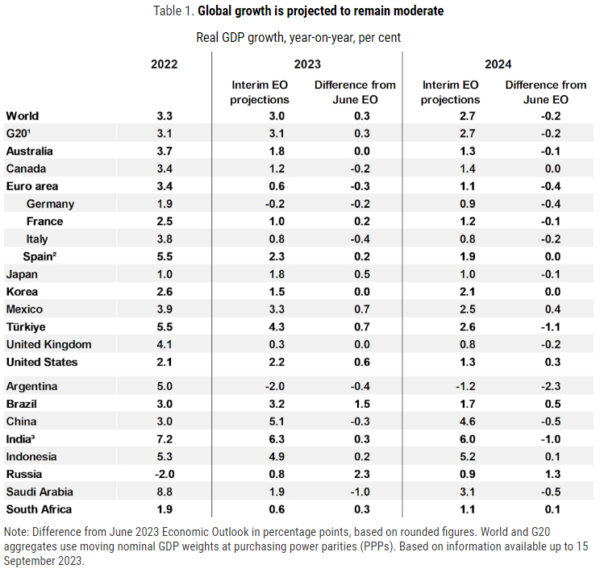
The OECD outlook points out considerable downside risks, emphasizing potential persistency in inflation accompanied by potential disruptions in the food and energy markets. Slowdown in China’s economy stands as a prominent concern, with ripple effects expected to diminish growth in global trading partners and possibly undercut business confidence universally.
Projections for headline inflation in G20 nations indicate a gradual decrease through 2023, moving from 7.8% in 2022 to 6.0% in 2023, and further dwindling to 4.8% in 2024. However, core inflation, primarily fueled by the services sector and relatively taut labour markets, is predicted to linger, necessitating a sustained restrictive posture in monetary policy across several countries.
As economies globally grapple with these changing dynamics, the emphasis remains on steering a cautious course, with a keen eye on inflation patterns as a decisive factor in shaping future policy directions. The evolving economic narrative dictates a necessity for many countries to maintain interest rates close to their present markers, extending well into 2024.
Full OECD Interim Economic Outlook release here.







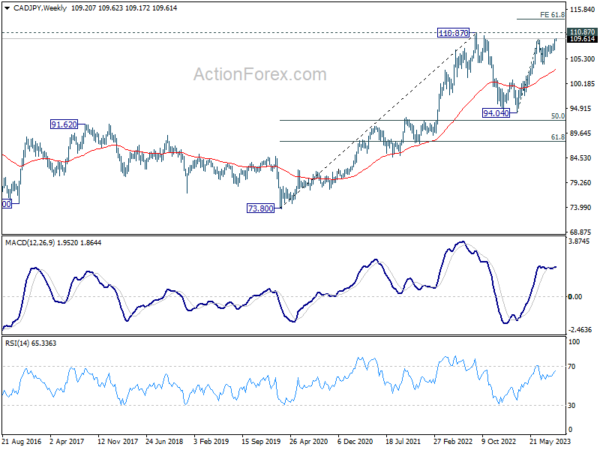
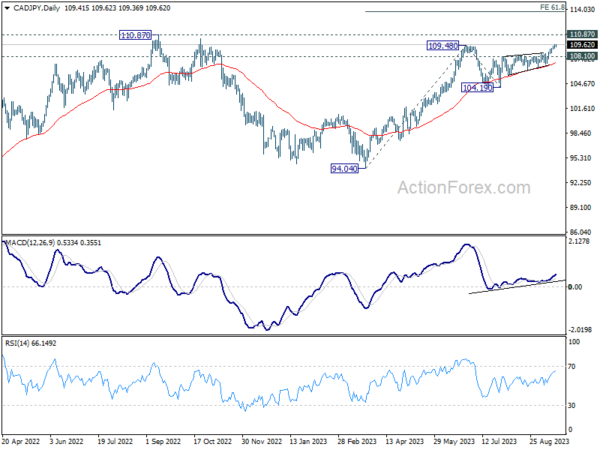
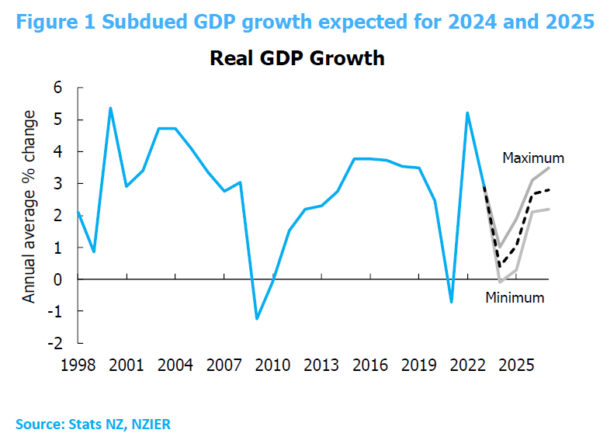
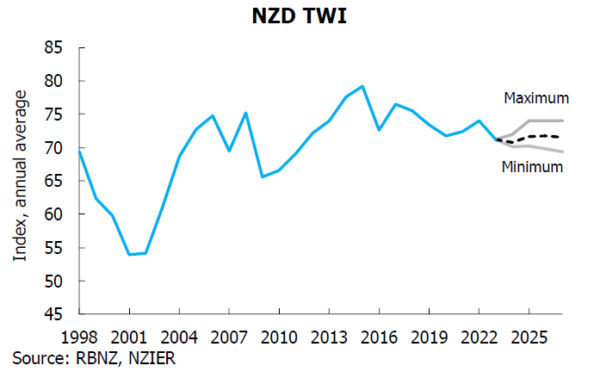
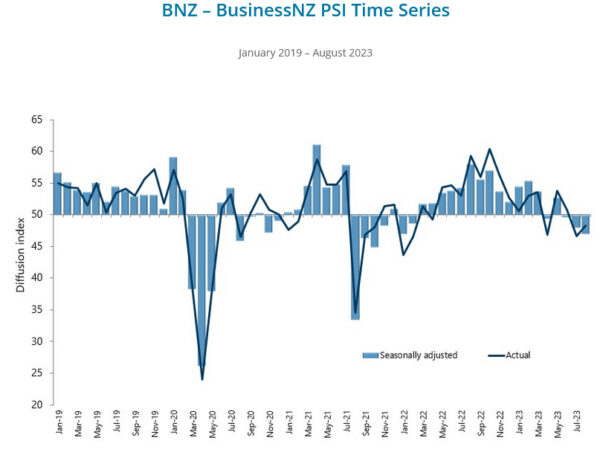
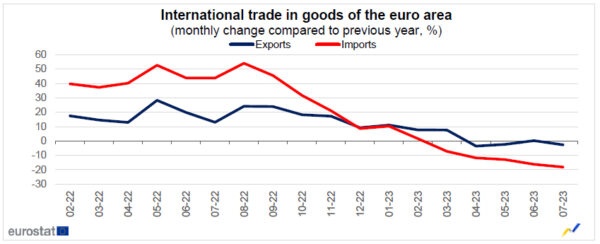
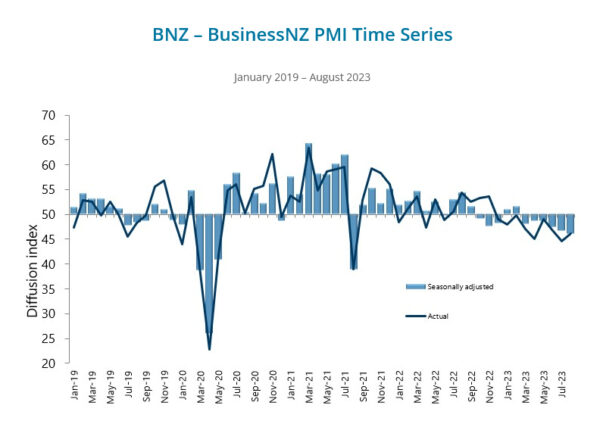
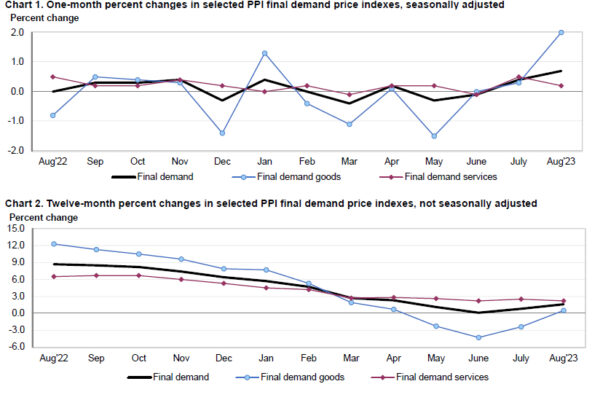
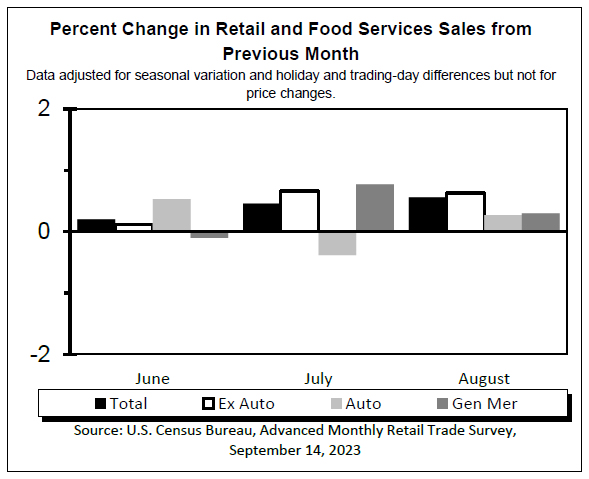
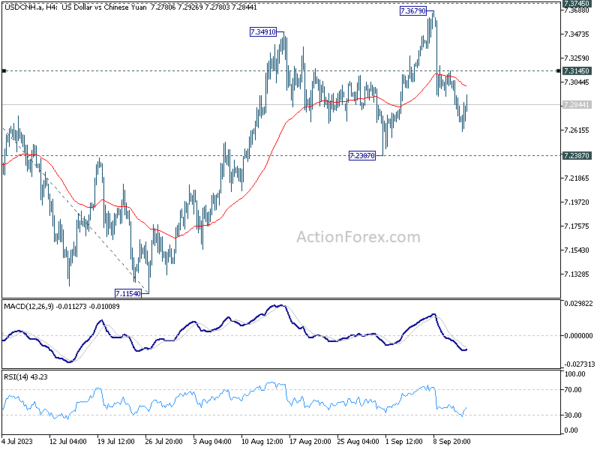
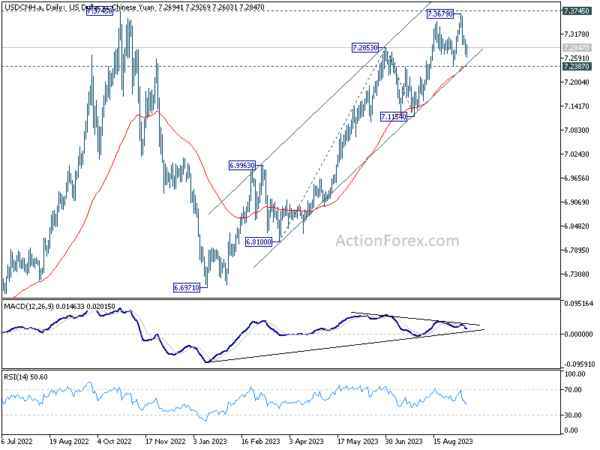

BoC Kozicki speaks on recent swings in inflation
BoC Deputy Governor Sharon Kozicki acknowledged in a speech that CPI inflation has seen “ups and downs of the size we’ve seen in the past couple of months,” highlighting a decrease from a high of 8.1% in June 2022 to 2.8% in June this year. However, this decrease was followed by a surge to 3.3% in July and 4.0% in August (as released yesterday). Despite this decrease and subsequent rise, she affirmed that such fluctuations are “not that unusual.”
She emphasized the Bank’s approach to monitoring inflation, which includes a focus on measures of core inflation that exclude more volatile price movement components to get a true sense of underlying inflation.
“Measures of core inflation have eased,” she noted, yet underlined that “inflationary pressures are still broad-based.” She continued to express concern over the number of CPI components with price increases exceeding 5%, which, despite being lower than before, remains “much higher than it usually is when inflation is stable and close to 2%.”
Acknowledging that “underlying inflation is still well above the level that would be consistent with achieving our target of 2% CPI inflation,” Kozicki emphasized the Bank’s commitment to continuous evaluation of several factors such as “the evolution of excess demand, inflation expectations, wage growth and corporate price-setting behaviour” to ensure alignment with the 2% inflation target.
To maintain economic stability amidst the dynamic inflationary environment, Kozicki emphasized that the Bank is “prepared to raise the policy interest rate further if needed.”
Full speech of BoC Kozicki here.